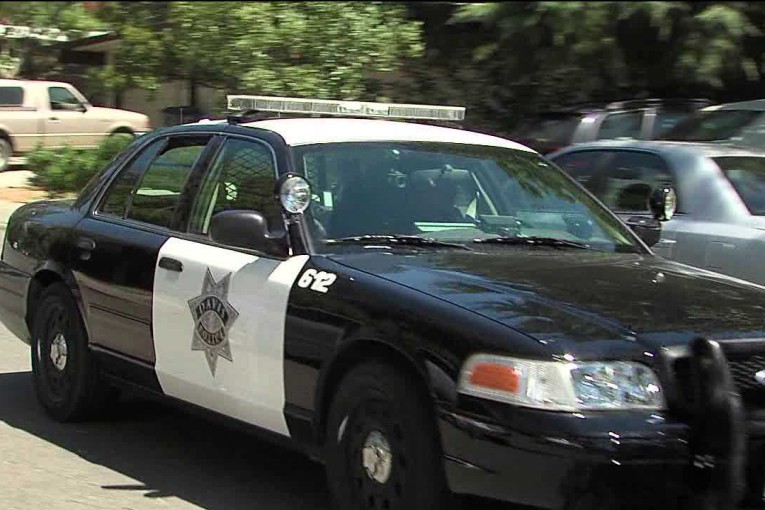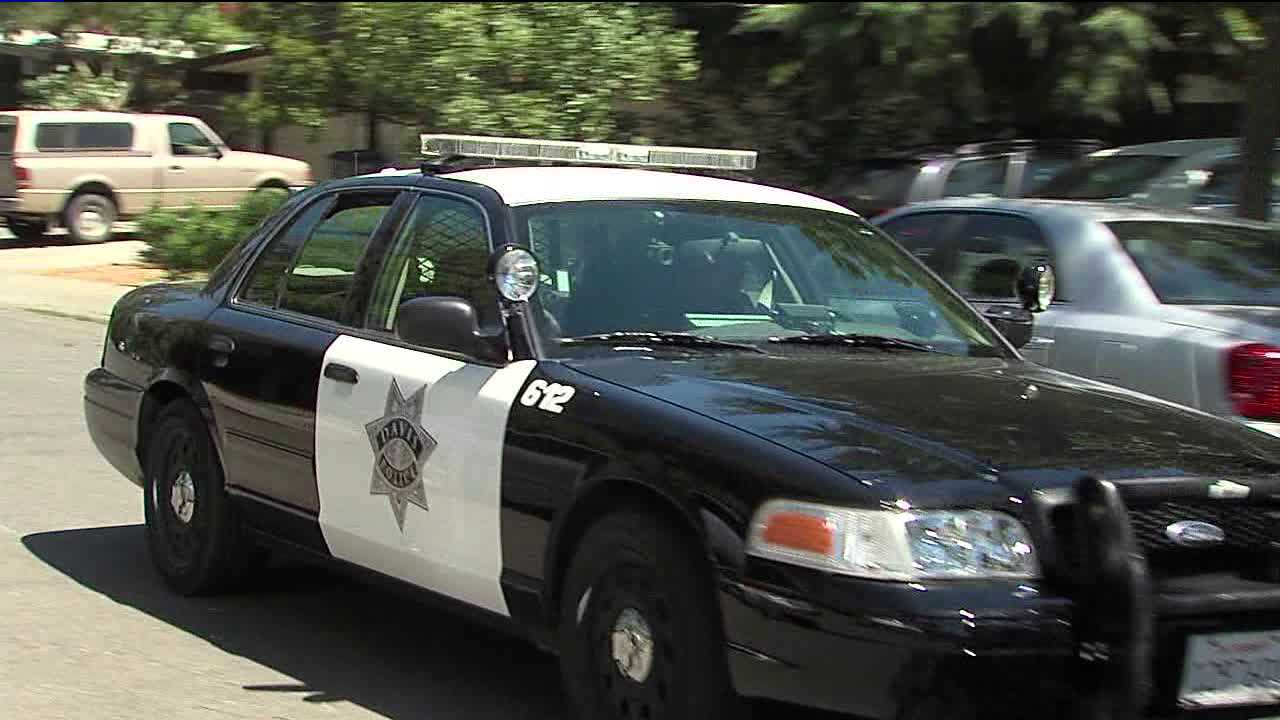

By Emily Dill
DAVIS — The detention of an innocent individual at gunpoint on Sunday Sep. 13, 2020, raised concerns about protocol in the Davis PD, as the complainant and witnesses suggested race was the only contributing factor to the individuals detainment.
Discussions of how to learn from and use data from the Racial Identity and Profiling Act commenced at the Police Accountability Commission (PAC) meeting on Monday Sep. 14.
The commission discussed a recent complaint from a Davis resident regarding the individual’s detention by the police, with the “inference that this individual was stopped maybe because of his race and based on nothing else.” Michael Gennaco, the city’s independent police auditor, explained the details of the incident as we currently know them.
According to Gennaco, the complaint suggested that this individual was stopped due to their race. A 911 call was made, in which the caller told the dispatcher they thought “someone was about to commit a serious crime;” however, the commission debated the validity of this call, questioning if it was a “legitimate call” or not.
they thought “someone was about to commit a serious crime;” however, the commission debated the validity of this call, questioning if it was a “legitimate call” or not.
When the police arrived at the scene, they handcuffed the detainee at gunpoint.
The police later learned that the person they detained “was not in fact involved in any of the alleged criminal activity.”
In response to a question by commissioner Cecilia Escamilla-Greenwald about police arrest protocol, Gennaco stated that “in most cases when somebody is put under arrest the handgun does not come out.”
A broader issue was brought up by commissioner Don Sherman. He noted that we must question not only the “implied use” of deadly force but the threat of it as well. Gennaco stated that police are not told to unholster their weapon only if they intend to use them.
“It is certainly not the case that officers are trained that you’re not supposed to unholster your weapon unless you are intending to use it,” Gennaco said. “That is not how any training goes.”
Gennaco said that he and the PAC will delve into the incident further by examining body-cam footage. As an auditor, two things he is looking at is “to ensure that the information resulting in the detention was sufficient to cause the detention [and] whether that kind of response was appropriate for the kind of call they were responding to or not.”
More details on this detainment will be discussed in the PAC meeting next month.
Calling this the “post-Floyd narrative,” Gennaco said we have entered a time where we must scrutinize the appearance of police weapons in any situation, and further examine what kind of tactical response training occurs in the Davis Police Department.
In addition to discussion over this detainment and police arrest protocol, the PAC conducted a brief review of the surveillance technology reporting system.
Commission member Sean Brooks laid out the potential avenues for growth in the system. Brooks mentioned shorter, more concise, and legible surveillance impact reports for both government usage and the public, as well as “improved long-term transparency and accountability of privacy and security protections for citizens.”
The PAC will recommend to the City Council that the annual summary report be a more risk-based overview of the year’s surveillance technology use.
Specifically, the surveillance impact report will document at least four kinds of risks: loss of trust, loss of self determination, discrimination, and economic loss. By naming these risks, “we can better assess whether or not the types of safeguards the police department has put in place to actually defend against these particular things.”
Brooks encouraged reducing the 40 page annual surveillance reports to “as close to an annual one pager per piece of technology possible.” In doing so, Brooks feels that “it would really benefit the public’s engagement with this material.”
The commission approved a motion to send clarity feedback about the surveillance reports to the City Council. With the current reports, Dillan Horton, chair of the commission, stated that “I don’t think we are presently able to” make a decision on the current use of surveillance technology.
Several members of Davis’ PAC have been contacted by other cities in California with questions on how to implement a similar system in their own city.
However, a public commenter and commission member Abram Jones both expressed that they wish the Davis PAC had more “teeth.”
Gennaco called other cities looking to Davis’ PAC “a testament to us all, that we are way ahead of many jurisdictions.”
Lauren Smith and Jordan Varney contributed to this report.

Confused as to why the gun came out.
David, please don’t let this story fall through the cracks. We need to know why the weapon was drawn.
I agree
“We need to know why the weapon was drawn.”
I know why. Breonna Taylor’s loved ones know why. Stephon Clark’s family knows why. George Floyd’s family knows why. David and Dave and Keith and Alan, in fact all of Davis knows why, too, but most of you haven’t the guts to say it.